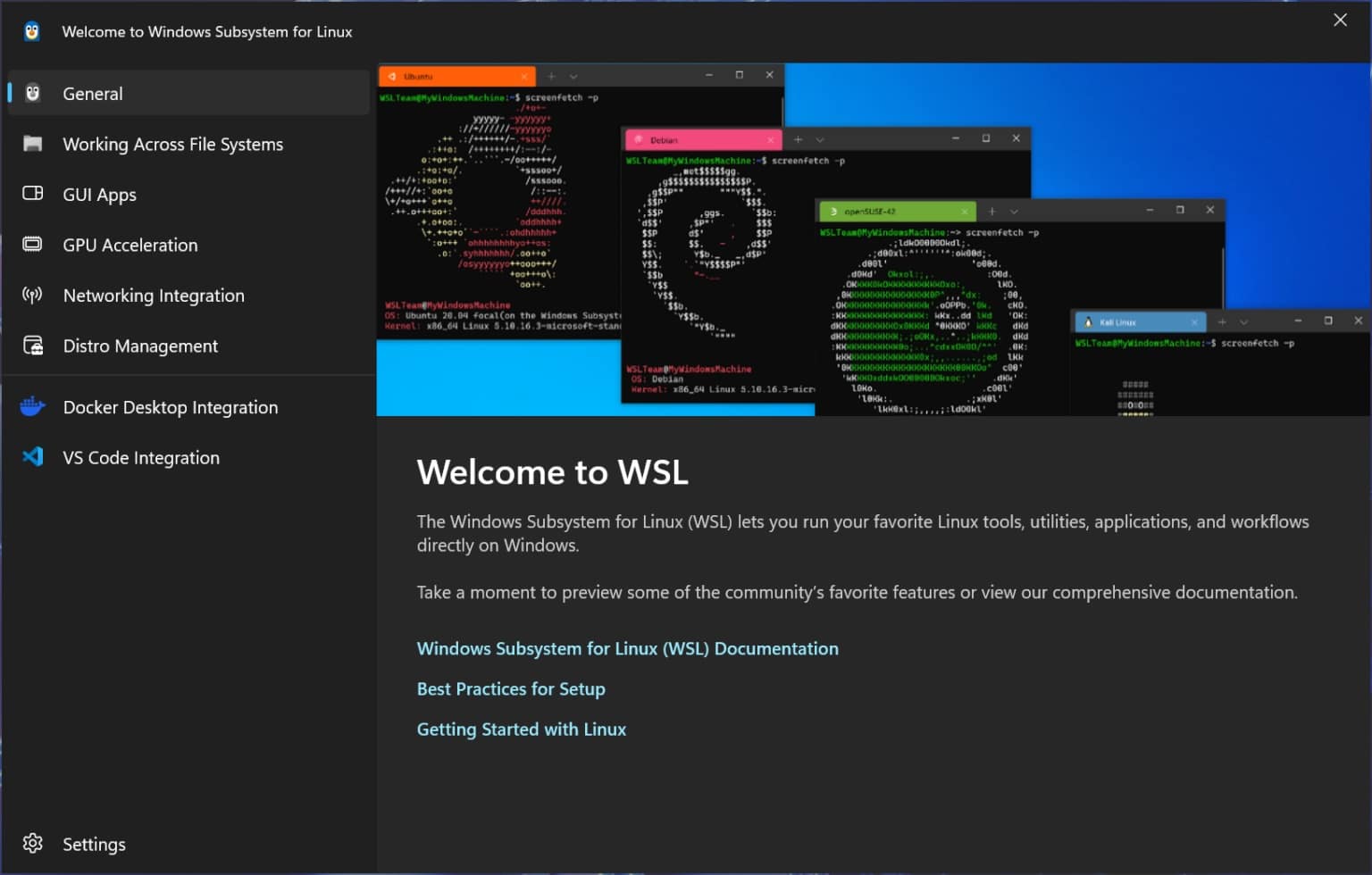Here’s the translation of the provided text into American English:
—
Microsoft and Red Hat have announced a strategic collaboration that will allow users to integrate Red Hat Enterprise Linux (RHEL) as an official distribution within Windows Subsystem for Linux (WSL). This advancement, announced in November 2024, aims to make it easier for developers and system administrators to develop and deploy applications in hybrid and cross-platform environments.
A Long-Awaited Solution for Enterprise Environments
WSL, a tool that enables the execution of Linux environments within Windows without the need for virtual machines, has become an essential resource for businesses and developers. The inclusion of RHEL, the leading enterprise Linux distribution in the market, promises to significantly enhance efficiency and flexibility in these environments.
Developers working on Linux applications from Windows systems will now be able to use the exact same version of RHEL that will be deployed in production environments. This not only saves time and resources but also eliminates inconsistencies between development and deployment environments.
According to Ron Pacheco, Senior Director of the Red Hat Enterprise Linux Ecosystem, this integration reinforces Red Hat’s commitment to developers by providing them with “greater choice and flexibility to build applications across multiple platforms.”
New TAR File-Based Architecture
One of the most significant changes accompanying this integration is the adoption of a new TAR file-based architecture for WSL distributions. This architecture simplifies the creation and distribution of Linux environments, eliminating the need to write Windows-specific code.
Previously, developers needed to package distributions in .appx format for distribution through the Microsoft Store. Now, it is sufficient to use a .tar file that includes a configuration file (/etc/wsl-distribution.conf) where features such as distribution name, icons, and options for the initial user experience (OOBE) are defined.
With this approach, users can easily customize their WSL distributions, execute pre-user creation commands, and set the name and installation location directly using options like wsl --install --name and --location. Additionally, this architecture allows for the installation of distributions on alternative hard drives, which is especially useful in enterprise environments.
Benefits for End Users
Among the advantages of this new integration are:
- Improved Automation: Users will be able to configure WSL distributions more efficiently by running scripts and commands before the initial user setup.
- Clearer Error Messages: Improvements in the architecture consolidate checkpoints, providing more informative error messages.
- Greater Installation Flexibility: With the option to specify the name and location of the distribution, users can install distributions directly on additional drives.
- Customizable Initial Experiences: Configurations can be defined based on both Linux and Windows to better tailor the experience to user needs.
APPX Format Not Being Abandoned
Despite the benefits of the new TAR-based architecture, Microsoft confirmed that support for the APPX format will continue to be available, and there are no immediate plans to force a migration for current users. This ensures that existing distributions will continue to function as they have.
Enhanced Security and New Enterprise Features
Microsoft has also introduced new security features in WSL, including:
- Integration with Intune: IT administrators will be able to apply conditional access policies to control which WSL distributions and versions can run on enterprise devices.
- Compatibility with Entra ID: This integration, currently in private preview, adds an extra layer of security by managing authentication tokens within WSL, optimizing the experience for accessing protected resources.
A New Experience for Beginners
For new users, Microsoft has redesigned the WSL startup experience. Now, when installing a distribution for the first time, a window will open with explanations about the key features of WSL and links to additional documentation.
Conclusion
The incorporation of Red Hat Enterprise Linux as an official WSL distribution marks a milestone in the collaboration between Microsoft and Red Hat, further advancing development in hybrid cloud. This integration promises to simplify development workflows, increase productivity, and enhance security capabilities in enterprise environments.
With this evolution, WSL continues to solidify its position as a key tool for developers and system administrators looking to harness the best of Linux and Windows in a single environment.

